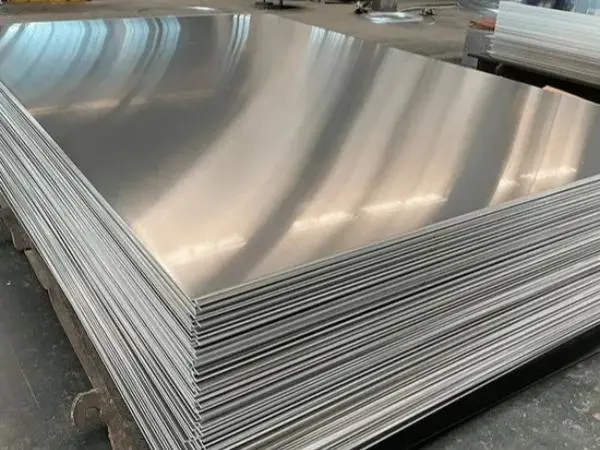- Phone0086 731 8564 8255
- E-mailsales@cscsteel-manufacturing.com
-

When selecting carbon steel pipes (CS pipes), quality is paramount. High-quality carbon steel pipes are known for their strength, durability, and corrosion resistance. This guide will provide essential tips on how to identify top-grade carbon steel pipes.
Continental Steel Co., Ltd is professional carbon steel pipes manufacturer, for more details, please contact:sales@cscsteel-manufacturing.com
Key Factors in Identifying High-Quality Carbon Steel Pipes
1. Verify Certifications
One of the most reliable ways to determine the quality of a carbon steel pipe is by checking its certifications. Reputable pipes are certified by industry-standard organizations, such as:
ASTM International (e.g., ASTM A106, ASTM A53)
American Petroleum Institute (API) (e.g., API 5L)
International Organization for Standardization (ISO)
These certifications confirm that the pipes meet stringent quality standards and have undergone testing for durability, strength, and corrosion resistance.
2. Check the Material Grade
Carbon steel pipes are available in various grades, each with distinct mechanical properties and applications. Higher-grade materials often offer better performance and longevity. Some commonly used grades include:
ASTM A106 – Ideal for high-temperature applications
ASTM A53 – Suitable for structural and pressure applications
API 5L – Used in pipeline transportation systems
ASTM A333 – Designed for low-temperature applications
Ensuring the pipe’s material grade matches your application is critical for optimal performance.
3. Inspect the Surface Finish
The surface condition of a carbon steel pipe can reveal a lot about its quality. High-quality pipes should have a smooth, clean surface without:
Scratches or dents
Pitting or corrosion marks
Rough or uneven areas
A rough or defective surface may indicate poor manufacturing quality or improper handling during transportation.
4. Measure Wall Thickness and Diameter
The wall thickness and diameter directly impact a pipe’s strength and durability. When evaluating a carbon steel pipe:
Use a caliper or precise measuring tool
Check measurements at multiple points along the pipe
Ensure consistency in thickness and diameter
Variations in measurements could indicate inconsistent manufacturing processes, potentially compromising pipe integrity.
5. Assess Weld Quality (for Welded Pipes)
If you’re inspecting a welded carbon steel pipe, the weld quality is crucial. Look for:
Strong, uniform welds
No visible cracks, porosity, or gaps
Proper fusion between materials
Poor weld quality can significantly weaken the pipe, making it more susceptible to corrosion and failure over time.
6. Evaluate Corrosion Resistance
Corrosion is a major concern for carbon steel pipes, especially in harsh environments or when transporting corrosive substances. To assess corrosion resistance:
Look for protective coatings or treatments
High-quality pipes often have coatings such as:
Epoxy – Provides excellent corrosion resistance
Polyethylene (PE) – Shields against moisture and chemicals
Zinc (Galvanization) – Prevents rust formation
Pipes with proper corrosion protection last longer and require less maintenance.
Conclusion
Carbon steel pipes play a crucial role in oil & gas, construction, chemical processing, and infrastructure projects. Ensuring that you choose a high-quality carbon steel pipe is essential for safety, efficiency, and long-term reliability.




